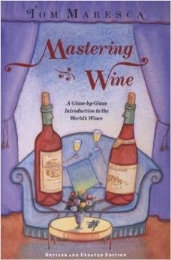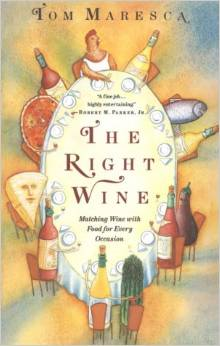“One Fine Wine” is an occasional series of posts about wines I’ve enjoyed recently.
As I’ve remarked several times in recent months, I’m getting more and more interested in the wines of Alta Piemonte – the high Piedmont, that arc of Nebbiolo-based appellations that lie on sub-Alpine hills in the shadow of Monte Rossa. There is a very good reason for my increasing interest: those wines are getting better and better, and – happily – are becoming more available in the market here.
.
.
Once upon a time, Spanna – as Nebbiolo is called throughout Alta Piemonte – was a name at least as famous and prestigious as Barolo and Barbaresco, maybe more so. Then came phylloxera, and the region’s viniculture was essentially wiped out. As in several other formerly important wine-producing areas, recovery was very slow, and only a few makers in Gattinara or Boca or Ghemme managed to hold on through the lean years. In the past 25 years or so, however, as Italian wines generally have earned more respect – and better prices – interest in the great tradition of Alta Piemonte Spanna has revived, production has increased, and, most important of all, quality has become paramount.
 The wine I’m focusing on in this post – Monsecco Ghemme 2011 – is a perfect case in point. Monsecco was at one time a very important name in Alta Piemonte, famous for structured, long-aging wines. Then the winery went extinct, the wines disappeared, and Monsecco became one more memory of glories past. Now it’s coming back, the name revived by the Zanetta family, long-time Alta Piemonte negociants and now vignerons, as a signal of the kinds of wine they want to make: structured, polished wines of great longevity.
The wine I’m focusing on in this post – Monsecco Ghemme 2011 – is a perfect case in point. Monsecco was at one time a very important name in Alta Piemonte, famous for structured, long-aging wines. Then the winery went extinct, the wines disappeared, and Monsecco became one more memory of glories past. Now it’s coming back, the name revived by the Zanetta family, long-time Alta Piemonte negociants and now vignerons, as a signal of the kinds of wine they want to make: structured, polished wines of great longevity.
That immediately catches my interest, and the wines themselves hold it. I’ve mentioned this particular wine once before in this blog, when it showed beautifully at a dinner party we gave. This time it did just as well at a middle-of-the-week dinner for the two of us. First came the nice, berry-ish nose. The same congeries of flavors followed on the palate – very persistent, with excellent acidity and minerality and very soft tannins. The flavors in the cherry range that I associate with Nebbiolo were screened by the cascade of strawberry, blackberry, and even blueberry notes, with slate and salt, all carried by gentle tannins and bright acidity. At eight years old, the wine showed as very fresh, very balanced, and totally enjoyable.
With a sirloin steak, it got rounder and richer, and cheeses – especially a goat cheese — kicked the fruit up even further, making it big, deep, and complex. It’s clearly still young, and I think has minimally a decade of development before it. The Zanettas are equally clearly succeeding in their goal of reviving the grandeur of Monsecco’s name and reputation. This was indeed one fine wine. I’ll be keeping an eye out for other examples of their craft.








